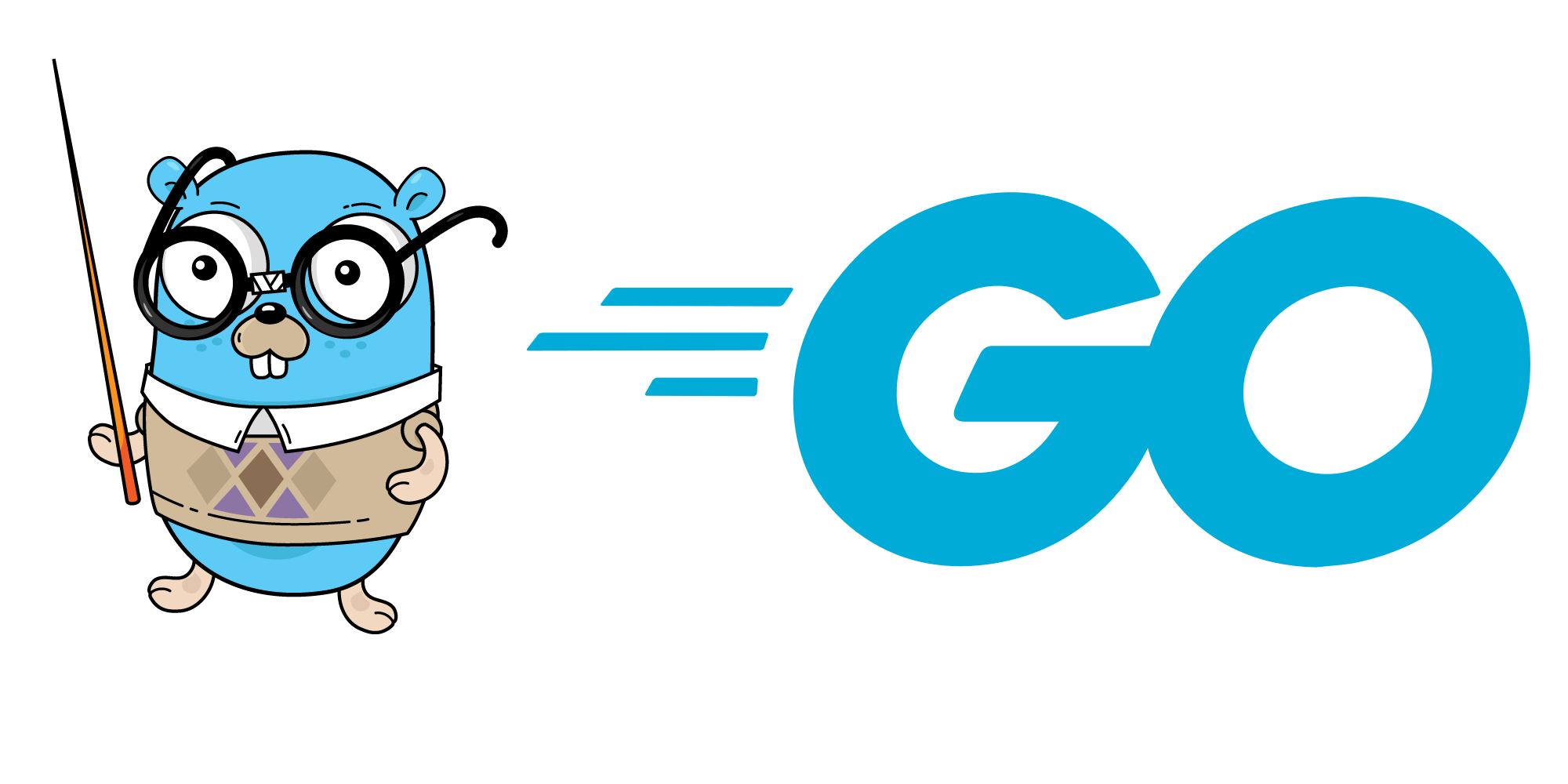Debugging Golang (Go) Applications

It’s not hard to work with DDEV’s Go code, but you definitely need a development environment and the know-how to do step-debugging. Here’s our Contributor Training showing some of the nuances with DDEV, followed by a short summary of the details.
First, you need some of the basics:
- Install
go,make, anddelve(needed for Visual Studio Code only)- On macOS:
brew install golang delve(makeis already provided by Apple’s Xcode command-line tools) - WSL2/Linux:
sudo snap install --classic go && sudo apt update && sudo apt install -y build-essential clang ccache
- On macOS:
- Install your IDE, GoLand or VS Code. On Windows/WSL2 most people install each of these on the Windows side, although they can be run inside WSL2 using the Linux versions.
- For GoLand, nothing further is required, but on VS Code you’ll need to install the Go extension.
Once you have your IDE working, you can start debugging.
GoLand Debugging
Debug a simple command like ddev list
- Open
main.goin GoLand - Right-click on
main.goin the left pane (cmd/ddev/main.go) and clickRun - GoLand will create a “Run/Debug Configuration” named
go build main.go - Edit the configuration:
- Change its name to the command you want to work on, like
ddev list - Change the “Program Arguments” to the arguments to
ddev, likelist - Change the “Working Directory” to a valid DDEV project
- (optional) If you need to override the version of the built
ddevyou can add-ldflags " -extldflags -static -X 'github.com/ddev/ddev/pkg/versionconstants.DdevVersion=v1.23.5-goland'"to “Go tool arguments” - versionv1.23.5-golandcan be whatever you need.
- Change its name to the command you want to work on, like
- Set a breakpoint by clicking to the left of a line, for example in
cmd/ddev/cmd/list.go - Click the
RunorDebugbutton on the top bar.
Debug a Test in the pkg directory
Test function names all begin with Test and they’re in files named *_test.go
In DDEV, the tests in the pkg directory have no dependencies, you can just run them.
- Find a test you want to run.
- Click the arrowhead (run) or “bug” (debug) symbol next to the test
- Or right-click on a
*_test.gofile to run all the tests in the file.
Debug a test in the cmd directory
In the cmd directory most tests actually run the ddev binary, so you’ll need to make sure that the ddev in the $PATH is the one that represents the code you’re testing. For example, TestDebugMigrateDatabase in cmd\ddev\cmd\debug-migrate-database_test.go actually executes ddev debug migrate-database, so if you don’t have the right ddev in your $PATH, your test is not valid.
Otherwise, everything is the same. Just click the arrowhead or the “bug” beside a test and let it run.
Visual Studio Code (VS Code) Debugging
VS Code debugging is a bit more tweaky. It seems that for commands, you need to configure what you want to use in the launch.json. DDEV code comes with a built-in launch.json, which you can copy-and-paste as needed. For example:
Running or debugging a simple command like ddev list
- In DDEV’s
launch.jsonedit the configurationdebug ddev startto set thecwdto a valid path to a DDEV project. - Set a breakpoint in
cmd/ddev/cmd/start.go - Click the triangle/bug icon at the left to “Run and Debug”
- Select “debug ddev start”
- Click the green arrowhead to the left of “debug ddev start”
ddev startwill happen, and it will stop at the line where you set the breakpoint.- Classic debugger behavior is available, either with icons or function keys, and you can examine variable values as you go.
Running a test
Running tests is almost exactly the same as in GoLand. Right-click the arrow next to the test function and choose “Run” or “Debug”. The same caveats apply for cmd tests, you need ddev built from the same code in your $PATH.
Contributions welcome!
When you try this out in your own environment, you’ll certainly have suggestions to improve it. Please do a PR to this blog adding your techniques. Info and a training session on how to do a PR to anything in ddev.com is at DDEV Website For Contributors.
And join us most Wednesdays for DDEV Live Contributor Training.